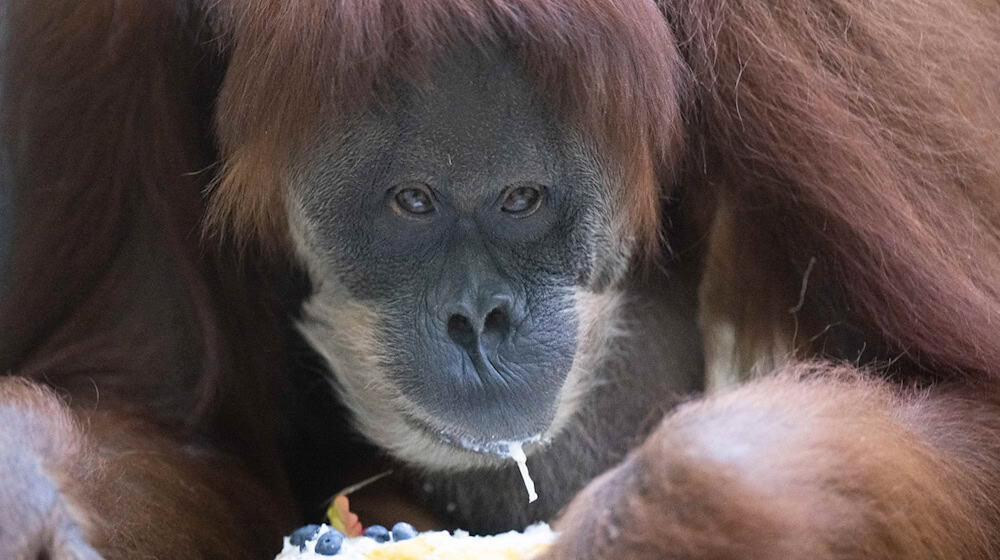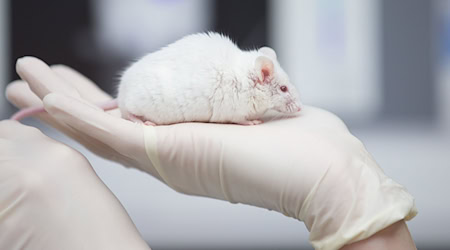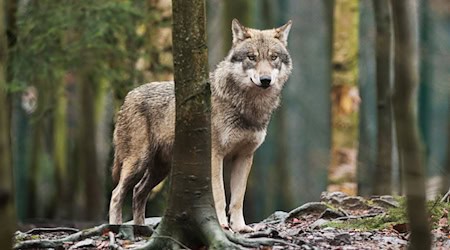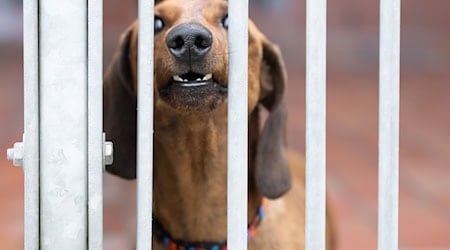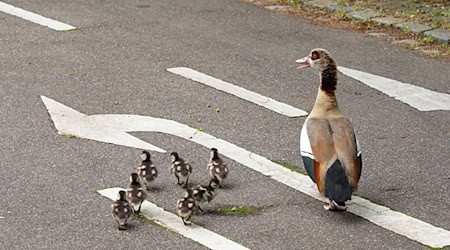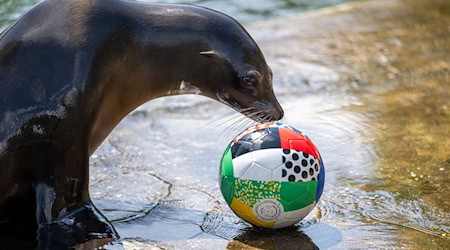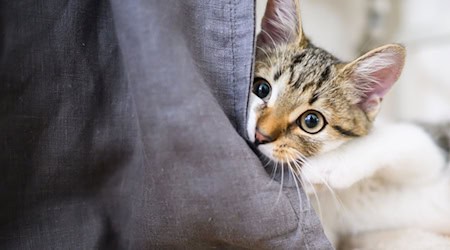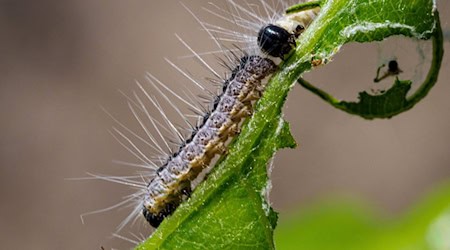Monkey heat at the showdown: Dresden Zoo opened its new orangutan house on Tuesday, completing the largest investment in its 163-year history. The building cost 22 million euros and was therefore around five million euros more expensive than planned. Almost three million euros came from donations. According to Dresden's Lord Mayor Dirk Hilbert, the zoo has thus become even more attractive to visitors from near and far. Hilbert also sees the investment as a contribution to species-appropriate animal husbandry and combines this with an educational aspect. It is important to develop an awareness for the preservation of the rainforest, he said.
The orangutan house, which was opened in temperatures of almost 30 degrees, resembles a giant donut in shape. The outdoor enclosure for the great apes is located in the middle. The enclosure should provide the orangutans with better protection from wind and noise and allow them to spend more time in the fresh air during the year than before. They also have significantly more space and climbing opportunities as well as retreat areas and playgrounds in the indoor and outdoor facilities. In addition to the great apes, the house is also home to other Southeast Asian animal species, including the Binturong slinking cat, smooth-coated otters, reptiles such as two reticulated pythons and the three Dresden giant tortoises named Hugo II, Hugo III and Hugo IV.
Not all of the five orangutans in Dresden have moved into the new quarters yet. The two elderly females Djaka and Djudi - both over the age of 50 - have yet to make the move. "Boss" orang Toni, female Daisy and male Dalai have already settled into their new quarters. Toni was already very lively at the opening and tried to attract attention with his typical great ape showmanship. Toni and Daisy are the parents of Dalai, who was born in 2015. Dresden Zoo has long specialized in orangutan breeding. The first orangutan (Malay: forest dweller) was bred here in the 1920s.
Orangutans are an extremely endangered species. According to the Dresden Zoo, there were still around 85,000 animals living in the wild in Sumatra at the beginning of the 20th century, but in 2016 there were only 14,000 left. In addition to hunting, the clearing of the tropical rainforests has led to a massive decline in the population. In 1985, more than half of the island, which belongs to Indonesia, was still covered in forest, but 30 years later only a quarter was left. The main reason for the deforestation is to obtain tropical timber. Orangutans are perfectly adapted to a life in trees.
Dresden Zoo was founded in 1861 and is the fourth oldest zoo in Germany after those in Berlin, Frankfurt/Main and Cologne. It is home to more than 1,000 animals from over 200 species on an area of around 13 hectares in the Great Garden.
Copyright 2024, dpa (www.dpa.de). All rights reserved

